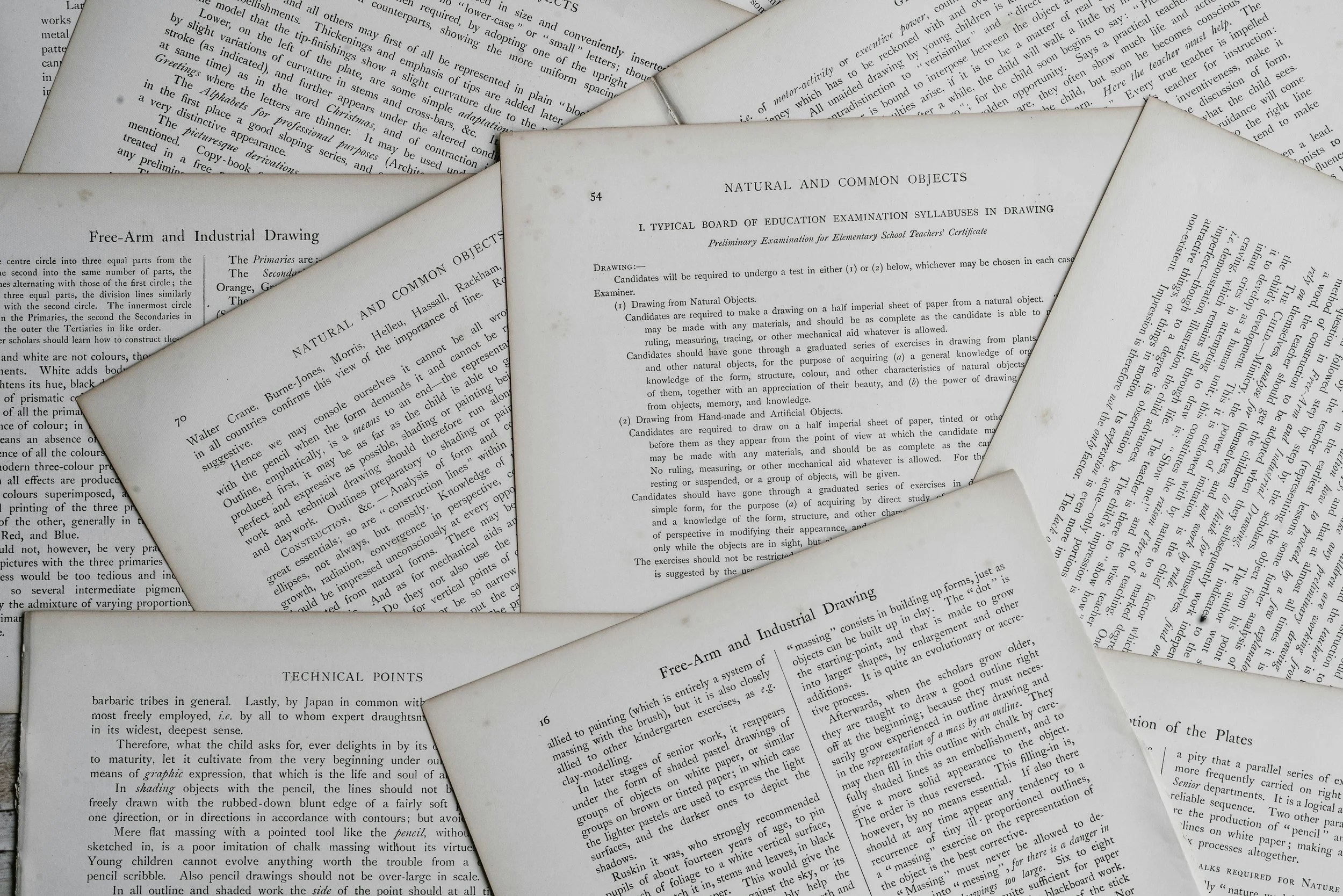Page 147
Frankensteined super-story. The general term for the task of harmonizing the Gospels (or, at the very least, identifying the ways in which the Gospels came into being and what their relationship is with each other), is the “Synoptic Problem.” For an excellent overview of the synoptic problem in general and four primary views on the subject, see Stanley E. Porter and Bryan R. Dyer, eds., The Synoptic Problem: Four Views (Grand Rapids: Baker Academic, 2016).
Page 148
Each author has a goal in their retelling of Jesus’s life. Part of the complexity involved in the Gospels is the nature of their literature and origins. The traditional view—that each gospel represents an oral tradition of a certain community or apostle—would make the Gospels a unique anthology in the ancient world. Not only were the communities of the first century church far more fractured and discordant than we might be inclined to believe (see N.T. Wright, The New Testament and the People God [Minneapolis: Fortress Press, 1992], 452–53).
Additionally, the composition of works with the complexity and style of the Gospels is more reflective of sophisticated literary community than impromptu recording of historical data for the benefit of select communities. For a full treatment of the nature and origins of the Gospels, see Robyn Faith Walsh, The Origins of Early Christian Literature: Contextualizing the New Testament with Greco-Roman Literary Culture (Cambridge: Cambridge University Press, 2021).
Page 148
As readers, we must keep turning the page. For through examination of Mark as a narrative, see David M. Rhoads, Mark as Story: An Introduction to the Narrative of a Gospel (Minneapolis: Fortress Press, 1999). In contrast, an excellent and accessible introduction to how Mark uses its literary structure to make a theological point, see Abraham Kuruvilla, Mark: A Theological Commentary for Preachers (Eugene, OR: Cascade Books, 2012). Kuruvilla approaches the task of reading Mark’s gospel by asking the question of what the author is doing with the text (xiii) much like I do throughout this book.
Page 150
It’s time for the disciples to do it for real. See Kuruvilla, Mark, 357.
Page 152
We’ve met someone who’s life was changed by Jesus. See Pieter B. Hartog, “‘I Must Also See Rome’ (Acts 19:21): Eyewitness Discourse in Luke and Acts.” NTT 75, no. 2 (2021): 197–211. Hartog traces Luke’s use of eyewitness and first-person narratives as a means of establishing the truthfulness of the accounts attributed to Luke. The literary effect of showing the impact of Jesus (and, later the apostles and growing church) on the eyewitnesses is inherent to Luke’s argument.
Page 153
Jesus as the divine human and the solution to Yahweh’s quest. For an excellent walkthrough of John’s gospel and its literary structure and function, see R. Alan Culpepper, Anatomy of the Fourth Gospel: A Study in Literary Design (Fortress Press, 1987).
Page 154
Athanasius’s excellent word picture. Athanasius, On the Incarnation, 3.13.

